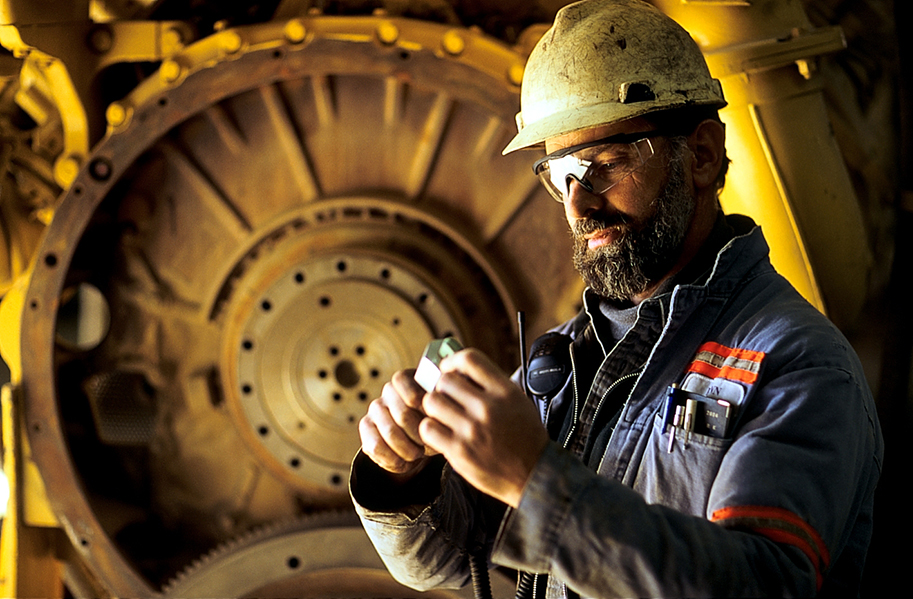Alvaro Rozo, Hatch’s Global Director, Smart Industries, Digital, explains why he believes industry-wide consistency is always the best way to go. “The minimining’s next frontierng sector has been reluctant to develop and adopt universal standards. That’s now starting to change. The Global Mining Standards and Guidelines Group (GMSG) is breaking down isolation-type thinking, thanks to the efforts of practical visionaries like Andrew Scott of Barrick Gold, out-going chair and founding member.
“Mining realizes that it must address some of the inefficiencies and challenges it’s facing as an industry. Adopting a comprehensive set of common standards is a first, necessary step. Simple proof of the GMSG’s value is the participants it’s attracting. Leaders like AngloGold Ashanti, BHP Billiton, Rio Tinto and Glencore have signed on as corporate members, flanked by collaborators like Caterpillar, Atlas Copco, and us here at Hatch. Both direct players and companies with broader mandates agree that as we design and develop new 21st century mines, the need for standardization is becoming more obvious and urgent.
“Mining has traditionally been slow to adopt and adapt to change of all kinds. But now, the digital impact on information and work processes is so strong that companies see the wisdom of abandoning siloed thinking and each-to-its-own processes and procedures. Failing to act has become a significant business risk, with consequences that can be dire. New trends and challenges will inevitably arise, and some will have the potential to erode the nature of mining as a business. Case in point is what the oil-and-gas industry is experiencing with the influx of electric vehicles and battery-operated equipment.
“Digital technology itself is not without issues. Questions of open data and who owns it—the operator or the original equipment manufacturer (OEM)—are begging to be addressed. This is just one subject about which the GMSG has already built consensus. It has specified what kind of data can be extracted or unlocked and what can’t. This advancement alone has been sufficient to drive changes on the part of OEMs about how information can be opened on their devices, how it’s collected, and how it can be selected. It’s a distinct advantage, and not just for big mining companies. These contributions are helping the OEMs’ businesses become more sustainable and integrated, encouraging them to develop common solutions going forward.
“It’s important to note that the GMSG does not see itself as a purveyor of standards, but rather a group that identifies guidelines and requirements for their development. It leaves the nuts-and-bolts of standard development to other organizations that can adapt them for the mining industry—ones that already have mechanisms and methodologies for doing it effectively, like the International Organization for Standardization (ISO). The fact that these guidelines and suggestions are developed collaboratively is essential. Having broad consensus underscores their legitimacy and ensures there will be ready-made buy-in when it identifies new standards that are needed. There are a few on our radar screens already that a GMSG working group has identified in its report, Building a Strategic Vision of Future Mining.
“Improving safety. There is no question that mining companies everywhere share a goal of zero harm. But the reality is that big outfits will probably log an incident or accident from time to time. There may be an opportunity to address some safety-related issues and concerns with better and standardized technology, equipment, and processes.
“Integrating equipment from different vendors. Workers are sometimes forced to try and process content from different IT systems on multiple screens, each providing different pieces of information, presented in different ways. There is a big effort to consolidate systems and optimize the human-machine interface.
“Breaking down silos. Mines and processing plants have different operating philosophies. There is a clear need to find better ways to integrate aspects of the value chain that apply to both, produce the right kind of information, and do it in a way that promotes better decision making.
“Addressing interoperability. Its absence has been identified as a major cause of deficiency in mining and mineral processing. To achieve functional levels of productivity, both people and technology need to be able to integrate. Often, non-standard processes are the root cause that prevents this from happening.
“At this time, work with the GMSG is voluntary and most members are not compensated for the time they spend. The group is looking for resources and researching sources of funding, like governments that recognize the benefit of what we do.
“We’re also partnering with universities, hoping to influence changes to mine studies programs that will produce graduates with the kind of expertise that’s now in demand. We need fresh, new thinking and up-to-date skills. What better place to find them and begin affecting change in the industry than by helping our schools produce leaders who will continue to push mining in these brave, new, and ultimately favourable directions.”
Picture courtesy of Barrick.











